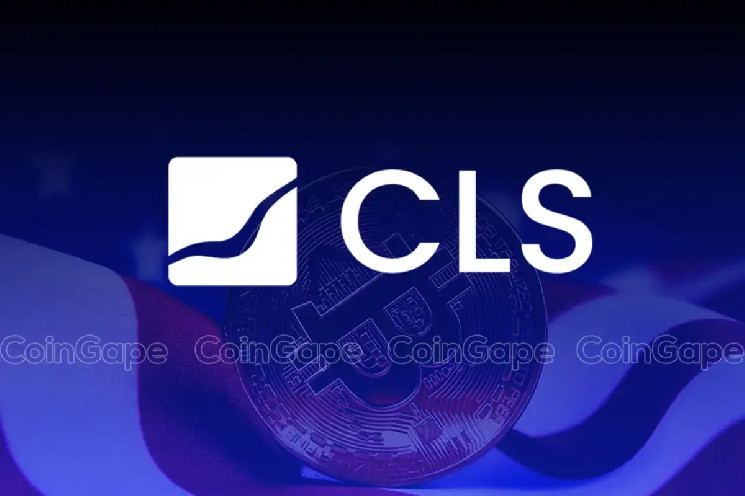The cryptocurrency market, a relatively nascent yet rapidly evolving financial landscape, stands on the precipice of a transformative shift in its underlying structure. This impending evolution promises to reshape the fundamental mechanisms by which digital assets are traded and managed, impacting all stakeholders, from individual investors to institutional giants. The current landscape, characterized by a fragmented network of exchanges with varying levels of liquidity, security, and regulatory oversight, is gradually coalescing towards a more mature and sophisticated ecosystem. This maturation process is driven by several key factors, including increasing institutional adoption, the emergence of decentralized finance (DeFi) protocols, and the ongoing development of robust regulatory frameworks. Understanding the intricacies of this evolving market microstructure is critical for navigating the opportunities and challenges that lie ahead.
One of the most significant shifts underway is the convergence of traditional financial market infrastructure with the decentralized principles of blockchain technology. Established players like CLS Global, with their extensive experience in global market making and settlement services, are playing a pivotal role in bridging this gap. These institutions are leveraging their expertise to develop robust and scalable solutions that address the unique challenges of the cryptocurrency market. This includes the development of institutional-grade custody solutions, improved settlement and clearing mechanisms, and the integration of digital assets into existing financial workflows. This institutionalization of the cryptocurrency market is expected to bring much-needed stability and regulatory clarity, attracting greater institutional participation and fostering wider mainstream adoption.
Furthermore, the rise of decentralized finance (DeFi) is significantly impacting market microstructure. DeFi protocols, built on blockchain technology, offer a range of financial services, including lending, borrowing, and trading, without the need for intermediaries. This disintermediation has the potential to democratize access to financial services and reduce costs significantly. However, the DeFi space also presents unique challenges, including regulatory uncertainty, security vulnerabilities, and the complexity of smart contracts. As the DeFi ecosystem matures and regulatory frameworks evolve, its integration with traditional finance is likely to accelerate, further reshaping the cryptocurrency market structure.
The regulatory landscape for cryptocurrencies is also undergoing a rapid transformation. Governments worldwide are grappling with the implications of digital assets and are actively developing regulatory frameworks to address issues such as investor protection, anti-money laundering, and market integrity. While regulatory clarity is crucial for fostering trust and encouraging institutional investment, excessive or poorly designed regulations could stifle innovation and hinder the growth of the cryptocurrency market. Striking a balance between promoting innovation and mitigating risks is a key challenge for regulators. The emergence of clear and consistent regulatory frameworks across jurisdictions will be a critical factor in shaping the future trajectory of the market.
The interplay between centralized and decentralized exchanges is another crucial aspect of the evolving market structure. Centralized exchanges (CEXs) currently dominate the cryptocurrency trading landscape, offering liquidity and a user-friendly experience. However, they are also susceptible to security breaches and regulatory scrutiny. Decentralized exchanges (DEXs), on the other hand, offer greater transparency and security, but often lack the liquidity and user-friendliness of CEXs. The future market structure is likely to involve a hybrid model, with CEXs and DEXs coexisting and potentially integrating to leverage each other’s strengths. This hybrid model could offer users a combination of liquidity, security, and transparency, driving further market growth and adoption.
In conclusion, the cryptocurrency market is undergoing a profound transformation, driven by institutional adoption, the emergence of DeFi, evolving regulatory frameworks, and the interplay between centralized and decentralized exchanges. This evolution is leading to a more mature and sophisticated market structure, with improved liquidity, security, and regulatory oversight. Understanding these dynamic shifts in market microstructure is paramount for all market participants. The future of the cryptocurrency market will likely be characterized by greater integration with traditional finance, a more robust regulatory landscape, and a hybrid exchange ecosystem. These developments will create both opportunities and challenges for investors, traders, and other stakeholders. As the market continues to evolve, staying informed about these changes will be crucial for navigating the evolving landscape and capitalizing on the potential of this transformative technology. CLS Global’s insights into these evolving market dynamics provide valuable guidance for navigating this complex and rapidly changing landscape. As the industry matures, the collaboration between traditional financial institutions and innovative blockchain-based solutions will be essential for shaping a robust, secure, and efficient cryptocurrency market. This evolution promises to bring the benefits of decentralized finance to a wider audience, while simultaneously mitigating the risks associated with this nascent technology.














